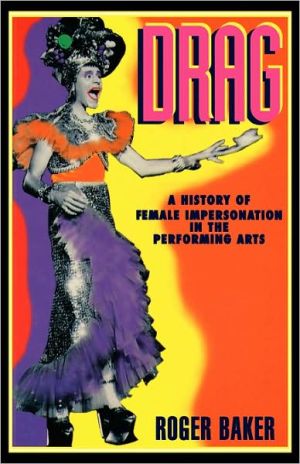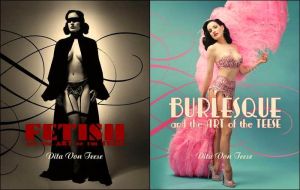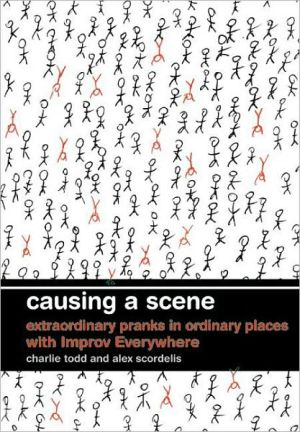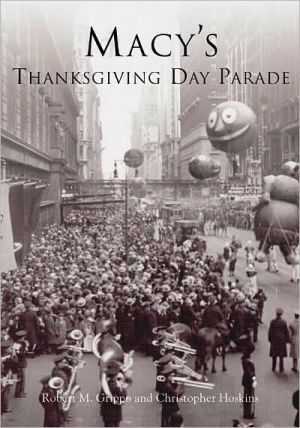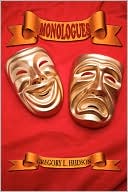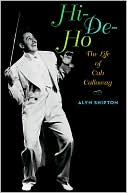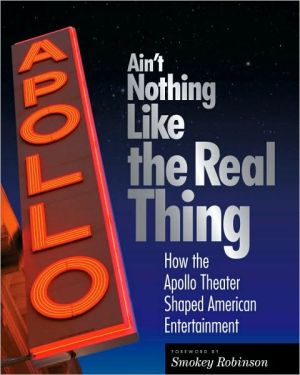Drag: A History of Female Impersonation in the Performing Arts
Men have been dressing as women on stage for hundreds of years, dating back to the thirteenth century when the Church forbade the appearance of female actors but condoned that of men and boys disguised as the opposite sex. Forms of travestism can be traced back to the dawn of theatre and are found in all corners of the world, notably in China and Japan.\ In recent years, of course, drag has witnessed a dramatic and widespread revival. Newsday recently observed, People are talking about all...
Search in google:
Men have been dressing as women on stage for hundreds of years, dating back to the thirteenth century when the Church forbade the appearance of female actors but condoned that of men and boys disguised as the opposite sex. Forms of travestism can be traced back to the dawn of theatre and are found in all corners of the world, notably in China and Japan.In recent years, of course, drag has witnessed a dramatic and widespread revival. Newsday recently observed, People are talking about all those fabulous heterosexual film idols who now can't seem to wait to get tarted up in drag and do their screen bits as fishnet queens. Drawing on a cinematic tradition popularized by Tony Curtis and Jack Lemmon in Some Like it Hot, Dustin Hoffman (Tootsie) and Robin Williams (Mrs. Doubtfire) have each delighted mainstream audiences with their portrayals of women. Even former drag queens have experience newfound fame; witness the recent popularity of the late Divine, renowned for her oddly compelling appearances in underground John Waters films. Music, too, has been profoundly influenced by drag sensibility, from David Bowie's Ziggy Stardust and the Rocky Horror Picture Show to Boy George and RuPaul (the self- proclaimed Supermodel of the World).Tracing drag tradition from the Golden Age of stage transvestism during the reigns of Elizabeth I and James I in England to the current quasi-drag inclinations of American grunge bands, Drag is an entertaining overview of this popular and complex medium. Publishers Weekly Listing examples of female impersonators in recent entertainment is no difficult task: Tootsie; Mrs. Doubtfire; The Crying Game or television's Bosom Buddies. Think of Boy George, David Bowie, RuPaul. Anyone who believes these often flamboyant and controversial characters are a recent manifestation would be well-advised to read late British writer Baker's fun, informative and revealing historical tour. Having emerged from church pageants, the theater was (like the church itself) dominated by men. Men got the female parts for centuries, including original portrayals of Shakespeare's Juliet, Lady Macbeth, Cleopatra, Desdemona. When actresses came into their own during the Restoration era, the man in drag moved to burlesquewhere they tended to remain. Although almost entirely about female impersonation, there is a some mention of opera's trouser roles (Cherubino, Octavian, etc.). Likewise, the focus is Western, despite a chapter on Japanese and Chinese female impersonators. Baker spices his text with a gentle, appealing cynicism. (Talking about the corrupting influence of Elizabethan theaters, he notes, ``Presumably countless grandmothers were hastily buried on the afternoons when Tamburlaine the Great or Macbeth were being played.'') Baker's voice is a strong one, making Drag a quiet, funny and superbly documented study that should appeal to a variety of readers. Photos. (Mar.)
PrefaceNotes on ContributorsAcknowledgementsIntroduction1Pt. IThe Rise and Fall of the Female Impersonator1Out of the Chancel, Into the Street232No Place for a Lady333Acting Style and the Sound of Juliet464Swinging Arden565Onnagata and Tan656Western Approaches757The Male Actress Takes Early Retirement82Pt. IIFantasies, Fairies and Follies1Diplomats in Dresses992Squalling Cats1093Shame in the Ladies' Morgue1214The Things that Are Done by a Nun1345Amateurs144Pt. IIIThe Rise and Rise of the Drag Queen1Enter Pursued by Laughter1612Dames by the Dozen1723All Legs and Limelight1844Glamour Girls and Terrifying Termagants1995Hollywood and Bust2256Frock Tactics236Select Bibliography265Index273
\ Publishers Weekly - Publisher's Weekly\ Listing examples of female impersonators in recent entertainment is no difficult task: Tootsie; Mrs. Doubtfire; The Crying Game or television's Bosom Buddies. Think of Boy George, David Bowie, RuPaul. Anyone who believes these often flamboyant and controversial characters are a recent manifestation would be well-advised to read late British writer Baker's fun, informative and revealing historical tour. Having emerged from church pageants, the theater was (like the church itself) dominated by men. Men got the female parts for centuries, including original portrayals of Shakespeare's Juliet, Lady Macbeth, Cleopatra, Desdemona. When actresses came into their own during the Restoration era, the man in drag moved to burlesquewhere they tended to remain. Although almost entirely about female impersonation, there is a some mention of opera's trouser roles (Cherubino, Octavian, etc.). Likewise, the focus is Western, despite a chapter on Japanese and Chinese female impersonators. Baker spices his text with a gentle, appealing cynicism. (Talking about the corrupting influence of Elizabethan theaters, he notes, ``Presumably countless grandmothers were hastily buried on the afternoons when Tamburlaine the Great or Macbeth were being played.'') Baker's voice is a strong one, making Drag a quiet, funny and superbly documented study that should appeal to a variety of readers. Photos. (Mar.)\ \
